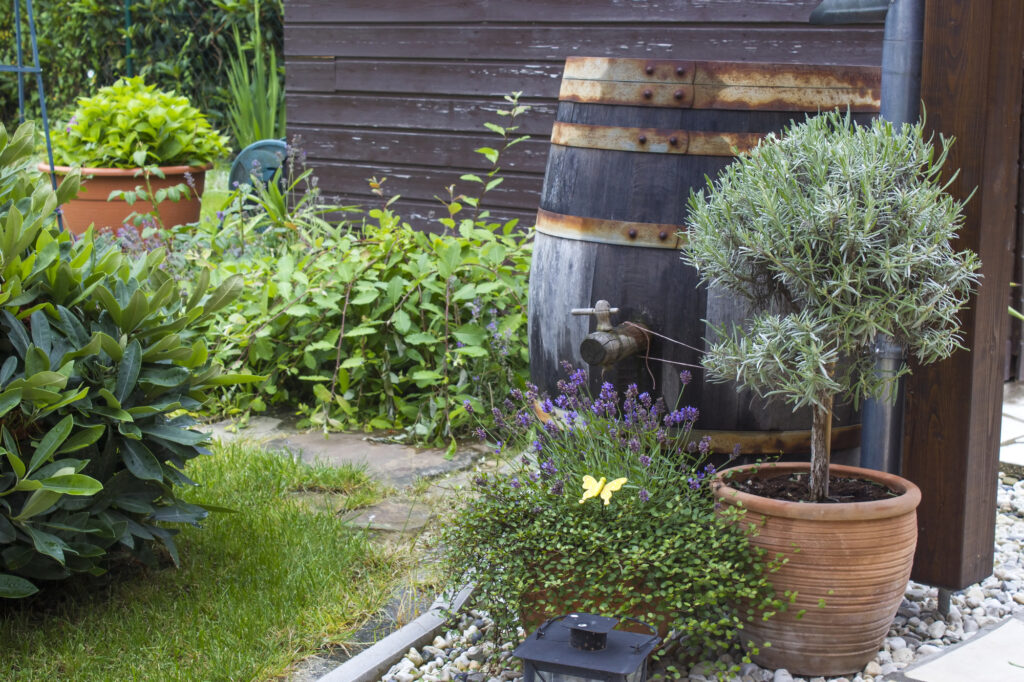As the seasons change, it is always good to prepare your yard and garden accordingly. We can also keep in mind how to go about doing so sustainably, with eco-friendly strategies. Not only can you ensure that your garden is healthy, but you can also support the environment at the same time. Here are some tips for eco-friendly fall gardening.
Clean Up Without Wasting Resources
Instead of clearing your garden completely, consider leaving some plant material behind for wildlife and soil health.
Dead, dried flower heads can provide seeds for birds, while fallen leaves can act as natural mulch. If you need to remove diseased or invasive plants, compost the healthy ones and dispose of the rest responsibly.
This approach keeps nutrients cycling naturally through your garden rather than sending everything to landfill.
Enrich Your Soil
Fall is the perfect time to build soil health for the next growing season. Use organic and natural products to avoid chemicals. Add organic compost, aged manure, or leaf mold to your beds to replenish nutrients lost during the year. Chemical fertilizers are not good for you or the environment, and can harm beneficial microbes and leach into groundwater.
Plant Cover Crops and Perennials
Cover crops like clover, rye, or vetch protect bare soil from erosion while adding nitrogen and organic matter.
You can also plant hardy perennials that thrive through the fall and come back year after year, reducing waste and the need for replanting.
Native plants are particularly beneficial, as they require less water and support pollinators during cooler months.
Use Eco-Friendly Mulch
A layer of mulch helps regulate soil temperature and retain moisture while suppressing weeds. Choose sustainable options such as shredded leaves, straw, or wood chips from local tree trimmings. Avoid dyed or synthetic mulches that can introduce toxins to your garden. Over time, organic mulches will break down and enrich your soil naturally.
Conserve Water and Energy
As rainfall increases in fall, adjust your watering schedule to avoid waste. Collect rainwater in barrels to use on dry days and insulate outdoor faucets and irrigation systems before winter. If you use garden lights, switch to solar-powered options to reduce energy consumption.
Support Pollinators and Wildlife
Even as the seasons change, your garden can be a sanctuary for beneficial insects and animals. Leave some seed heads and dried stalks standing for shelter and food. Creating a small brush pile or leaving patches of native grasses can provide safe habitats for overwintering pollinators.
Set up a compost bin
If you haven’t already set up a compost bin, now is a perfect time. You can add leaves and other yard materials. Have a kitchen compost bin so that you can add biodegradable kitchen scraps throughout the year.
Closing Thoughts
Sustainably preparing your garden for fall means working with nature rather than against it. By composting, mulching, planting wisely, and conserving resources, you not only protect your garden but also contribute to a healthier planet. These eco-friendly steps ensure that your outdoor space stays vibrant and ready to bloom again come spring.






I absolutely loved this deep dive into fall garden care. Your tips for leaving plant material in place for soil health and to support wildlife really resonated with me. I particularly appreciated how you tied in the practical, like mulching with shredded leaves, adjusting water usage, and planting cover crops, with the greater ecological benefits. Your post makes me look at my own yard differently this season. Thanks so much for this inspiring, grounded, and actionable guide.
These are good garden tips. It is important to not clean up the garden as the good bugs may be living there.
These are all such really good ideas. It is always harder this time of year when you have to prepare during the cooler months.
I love how you focus on sustainable fall gardening. Your tips on leaving plant material and enriching the soil naturally are practical and easy to follow.
I need to try and start a garden. I am awful at growing things, but maybe I will try it again. My front yard could at least use new mulch.
Loving these tips so much and I like the idea of leaving leaves and such in the beds until spring. They act as a blanket and saves me time when cleaning up leaves in my lawn which seriously is never ending in The Poconos 🙂
These are terrific suggestions. My parents love to garden and I will pass on these tips to them.